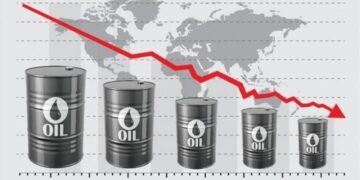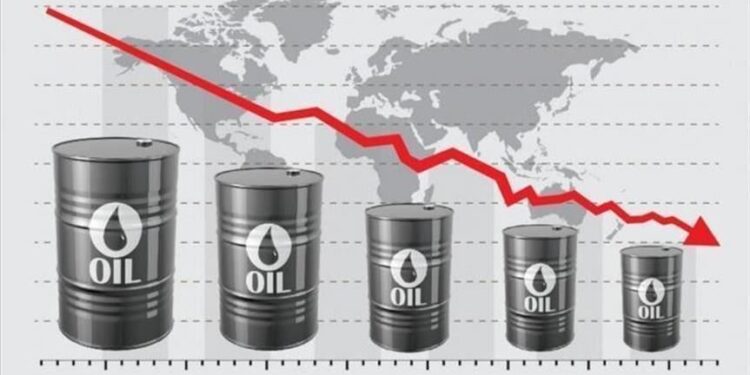By John Ikani
Weak demand concerns, coupled with an unexpected increase in US crude stocks, put downward pressure on oil prices on Wednesday.
Brent crude futures dipped by 0.4% to $74.01 a barrel, while US West Texas Intermediate (WTI) crude declined by 0.4% to $69.13 a barrel.
Fueling hopes of increased demand, both benchmarks recorded a more than 3% climb on Tuesday following China’s central bank’s decision to lower a short-term lending rate.
However, concerns over the Chinese economy, triggered by disappointing economic data, led to a 4% drop in prices on Monday.
In contrast to analysts’ expectations of a 510,000-million barrel decline, US crude oil stocks reportedly rose by about one million barrels in the week ending on June 9, as per market sources citing American Petroleum Institute (API) figures on Tuesday.
Government data on stockpiles is expected to be released later in the day.
Market participants remained attentive to the Federal Reserve meeting, where no predetermined rate hike was on the table.
Rate hikes typically strengthen the US dollar, making commodities priced in USD more expensive for holders of other currencies, consequently exerting downward pressure on prices.
Given concerns about inflation and uncertainty surrounding the economic outlook, market observers anticipate a pause in rate increases, following the conclusion of the rate-setting Federal Open Market Committee (FOMC) meeting on Wednesday.
Economists predict that the Bank of Canada will raise interest rates again in July to 5.00%, following a surprise 25-basis-point increase last week.
The European Central Bank (ECB) is also expected to hike interest rates by a quarter percentage point on Thursday to combat persistent inflation.
Conversely, the Bank of Japan (BOJ) is likely to maintain its ultra-loose policy when it announces its plan on Friday.
Meanwhile, the OPEC+ alliance has granted Russia a slightly higher oil production baseline, enabling the country to produce more under the latest quotas than previously agreed.




































